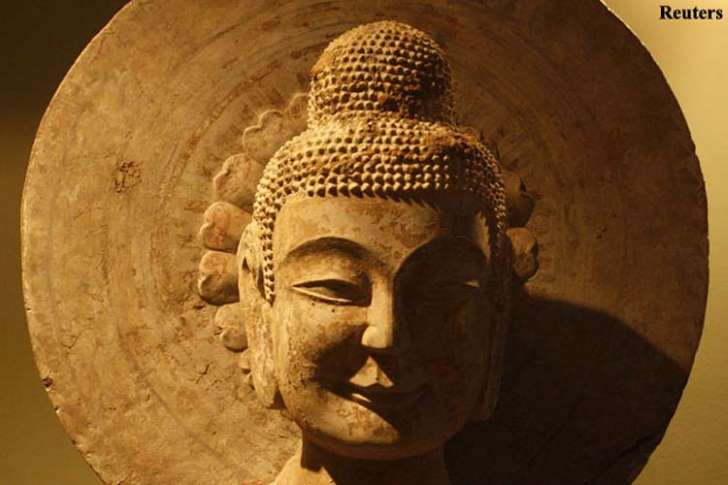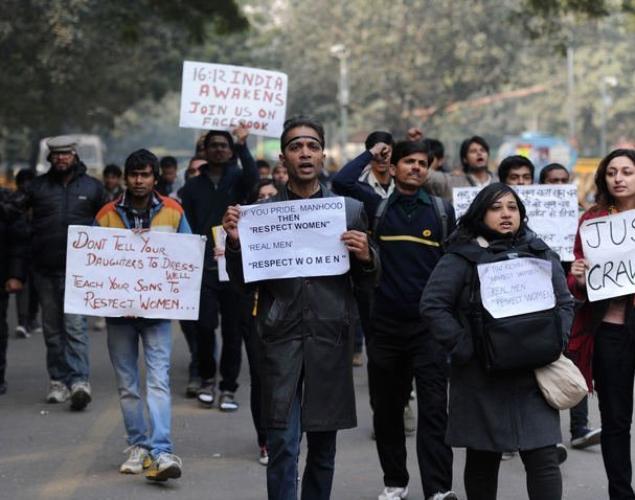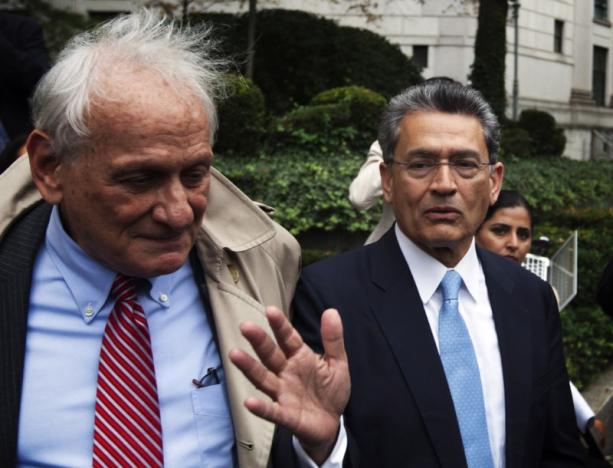September 17, 2015
Nangchen: A 2000-year-old lost Stupa, one of the 19 built with Lord Buddha's relics sent by Emperor Ashoka to China, has been renovated and restored with religious rites by an Indian monk in the remote Tibetan town, making it a symbol of the advent of Buddhism from India to China.

September 17, 2015
Nangchen: A 2000-year-old lost Stupa, one of the 19 built with Lord Buddha's relics sent by Emperor Ashoka to China, has been renovated and restored with religious rites by an Indian monk in the remote Tibetan town, making it a symbol of the advent of Buddhism from India to China.

The renovated Stupa and Ashoka pillar along with a huge golden statue of Buddha was consecrated by Gyalwang Drukpa, the spiritual head of Drukpa lineage of Buddhism based in Ladakh, on Tuesday in China's Qinghai province, located adjacent to Tibet Autonomous Region.
Legend has it that over 2,500 years ago, Buddha's disciples retrieved one skull bone, two scapulas, four teeth and 84,000 pearl-like sariras (relics) after Lord Buddha's body was cremated. According to Buddhist records, Emperor Asoka collected all of Sakyamuni's sarira, stored them in pagoda-shaped shrines before sending them to different parts of the world. China is believed to have received 19 of them including the one in Nangchen but most of them have collapsed due to natural wear and tear as well as negligence.
Three more such Stupas were discovered in Chinese cities of Xian, Nanjing and near Ayuwang in Zhejiang Province. The Nangchen Stupa is the first to be discovered in the Tibetan region. The fate of the other 15 sent by Ashoka to China is unknown. While the advent of Buddhism to China were well chronicled since 68 AD when first Buddhist temple White Horse was built in Luoyang by Chinese monk Xuanzan after a 17-year-long voyage to India, the Stupa signify efforts by Ashoka to spread the religion around the world.
In the new temple here, the pillar with a stone containing an original inscription was prominently placed between a renovated structure and the Stupa, remnants of which according to monks was preserved by the locals from the ravages of invasions of Mongols and the Cultural Revolution of Mao Zedong.
The parts of the original Stupa was preserved by locals by making them into hundreds of small Stupas which were preserved in the new temple, one monk said. Over 300 tiny stupas were displayed around the main Stupa of the temple. It was restored amid a big throng of Tibetan Buddhist monks and local population, signifying the revival of the Buddhist religious links between India and China in the Himalayan region strained after the Dalai Lama fled to India in 1959.
"The inauguration of the Ashoka Stupa in Nangchen is a historic moment for followers of Buddha everywhere. It is a testament to the greatness of Emperor Ashoka who is considered to be the architect of Buddhism in the world," Gyalwang Drukpa said. "For India and China, this is represents a new area of informal engagement after the initiatives indicated by Prime Minister Modi and the positive response he has received from the Chinese leadership," he said.
Courtesy: IBN
















































































































